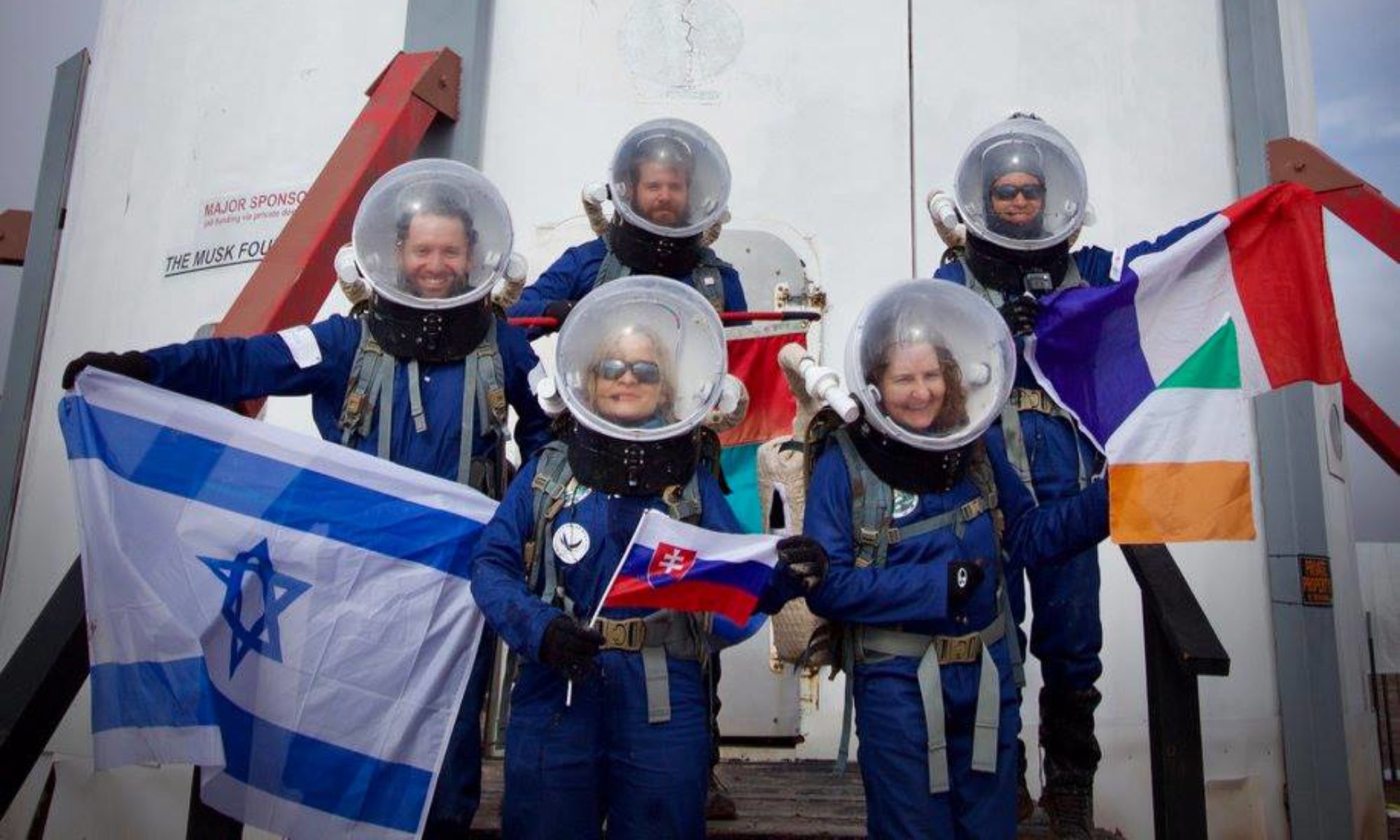Sol #9
Title: Observing Solar Storms and Advancing Mars Research
Crew name: Alpha
Crew number: #287
Sol # 9 commenced with our cherished morning routine of exercise and a healthy breakfast, setting a positive tone for the day. The weather was exceptionally pleasant, sunny, and warm, adding to the overall good spirits of the crew.
A highlight of the day was Captain Dono’s work at the Musk Observatory. He shared with us an extraordinary view of a solar storm, showcasing the Sun’s beauty and charisma in a new light. This experience was not only awe-inspiring but also educational, offering us a glimpse into the dynamic nature of our closest star.
Today’s meals, masterfully prepared by Tungaa and Dono, were also highlights. Lunch featured an impressive Beef Bulgogi complemented by red cabbage microgreens, demonstrating our commitment to combining nutrition and taste. Adding to the culinary delight, I, Sunny, prepared a frozen yogurt dessert, offering a refreshing end to the meal.
HSO Duluu’s dedication in the Green Hub continues to yield results. Today, she focused on planting bean and sunflower microgreens, contributing to our sustainable living practices and ensuring a steady supply of fresh produce.
Davaa’s efforts in testing bricks made from grey and red clay soil samples are critical in our exploration of using Martian-like materials for building purposes. Muggi delved into the development of the MARS-V project’s program, focusing on defining the engineering tasks in the “Science taker,” “Challenge taker,” and “Experience taker” programs. His work is essential in shaping the roles of engineers in future Mars analog missions. Tunga continued her important work on the Mars food experiment, investigating the psychological and nutritional aspects of space cuisine, vital for long-duration missions.

